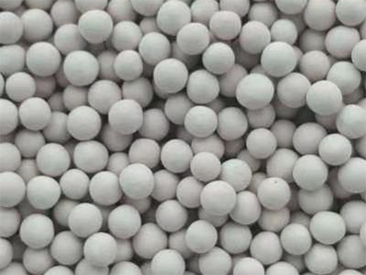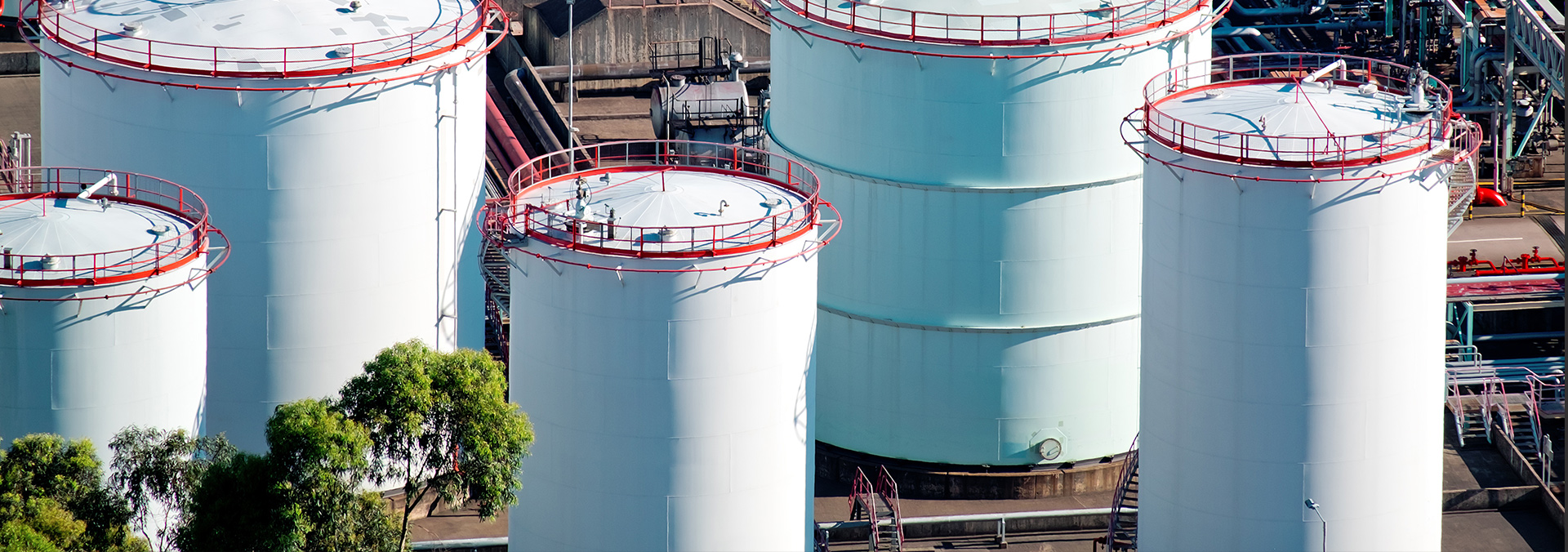Name:Panjin dew-point catalyst technologise co.,ltd.
Add:Chemical Industrial park, high-tech Zone, Panjin City, Liaoning Province, China
Tel:+86 427 659 4508
Fax:+86 0427-6594500
E-mail:service@dpcatalyst.com
power poles Panjin dew-point catalyst technologise co.,ltd. all rights
Hotline
0427-6594508
Describe performance parameters of Chloride Removal Adsorbent
A. Hole volume: The volume of the micropore in Chloride Removal Adsorbent is called the pore volume and is usually expressed as the volume of the Chloride Removal Adsorbent micropore in the unit weight Chloride Removal Adsorbent.The pore volume is the effective volume of the Chloride Removal Adsorbent, which is calculated from the saturated adsorption capacity, i.e. the volume of the adsorbate can be accommodated by the Chloride Removal Adsorbent, so the pore volume should be large.
B. Specific surface area: The surface area per unit weight of Chloride Removal Adsorbent, commonly used in m2/g.Chloride Removal Adsorbent has a surface area of hundreds to thousands of square meters per gram.The surface area of the Chloride Removal Adsorbent is mainly the surface of the microporous wall, while the outer surface of the Chloride Removal Adsorbent is very small.

C. Pore size and pore size distribution: In Chloride Removal Adsorbent, the pore shape is extremely irregular and the pore size is different.Holes with diameters in the Amy scale are called fine holes and holes with diameters in the nanometer scale are called coarse holes.The more fine pores there are, the larger the pore volume and the larger the specific surface are, which is conducive to the adsorption of adsorbates.The role of rough holes is to provide a pathway for adsorbate molecules to enter the Chloride Removal Adsorbent.The relationship between coarse and fine holes is like streets and lanes, through which foreign molecules can quickly reach the depths of the Chloride Removal Adsorbent.
D. Apparent gravity: also known as apparent gravity.
The volume of the Chloride Removal Adsorbent particles consists of two parts: the volume of the solid skeleton and the volume of the pore.
E. Accumulation weight: Also known as filling weight, i.e. the Cleride Removal Adsorbent weight filled per unit volume.The volume also includes the voids between the adsorbed particles, and the accumulative weight is an important parameter for calculating the volume of the adsorbent bed.
F. Porosity: the ratio of the pore volume in the adsorbed particle to the particle volume.
G. Void fraction: the ratio of the void between the adsorbed particles to the total accumulated volume of Chloride Removal Adsorbent.







